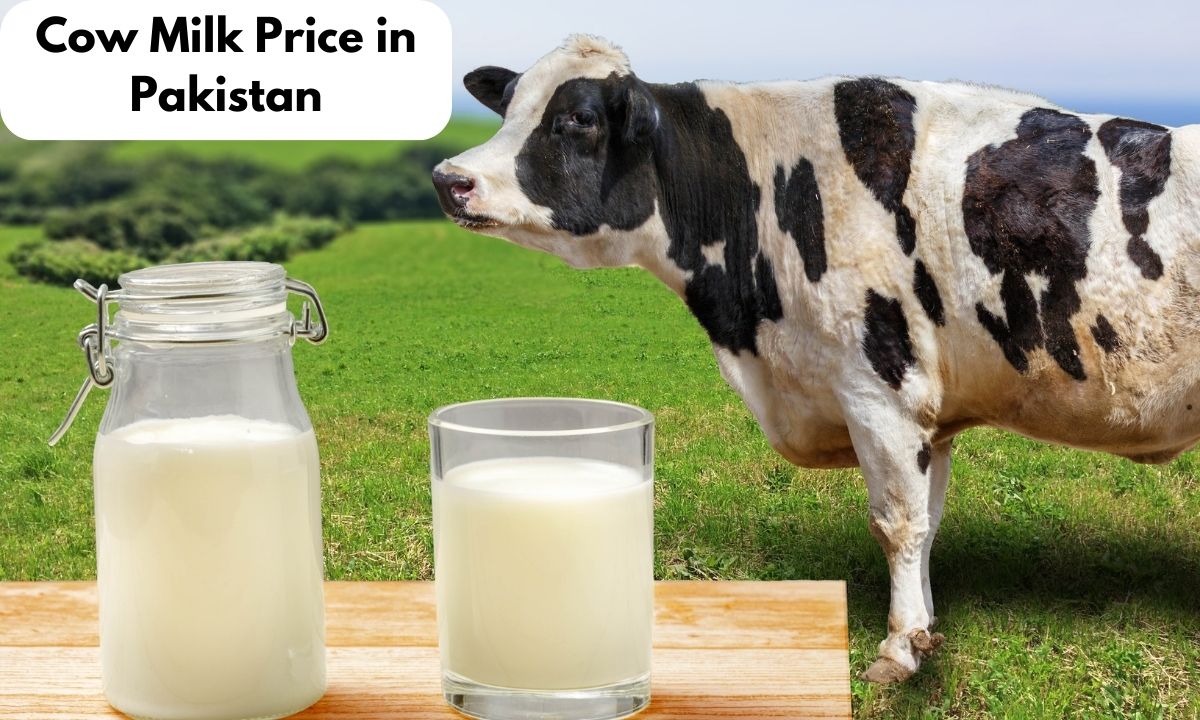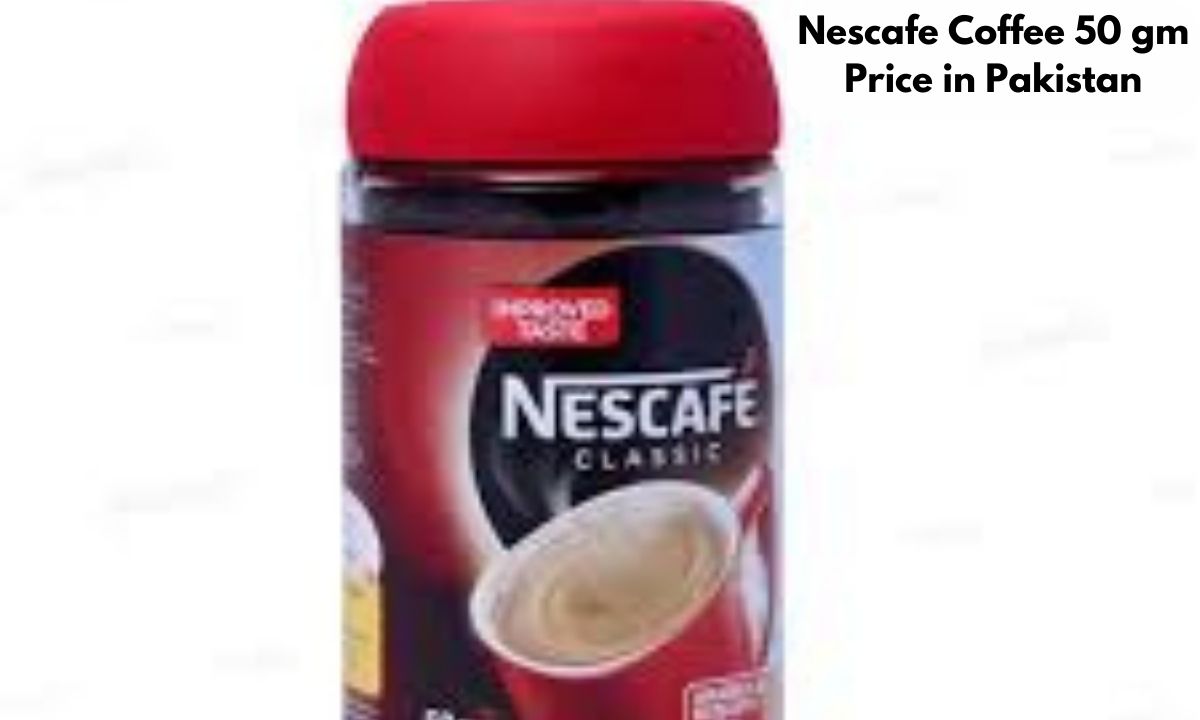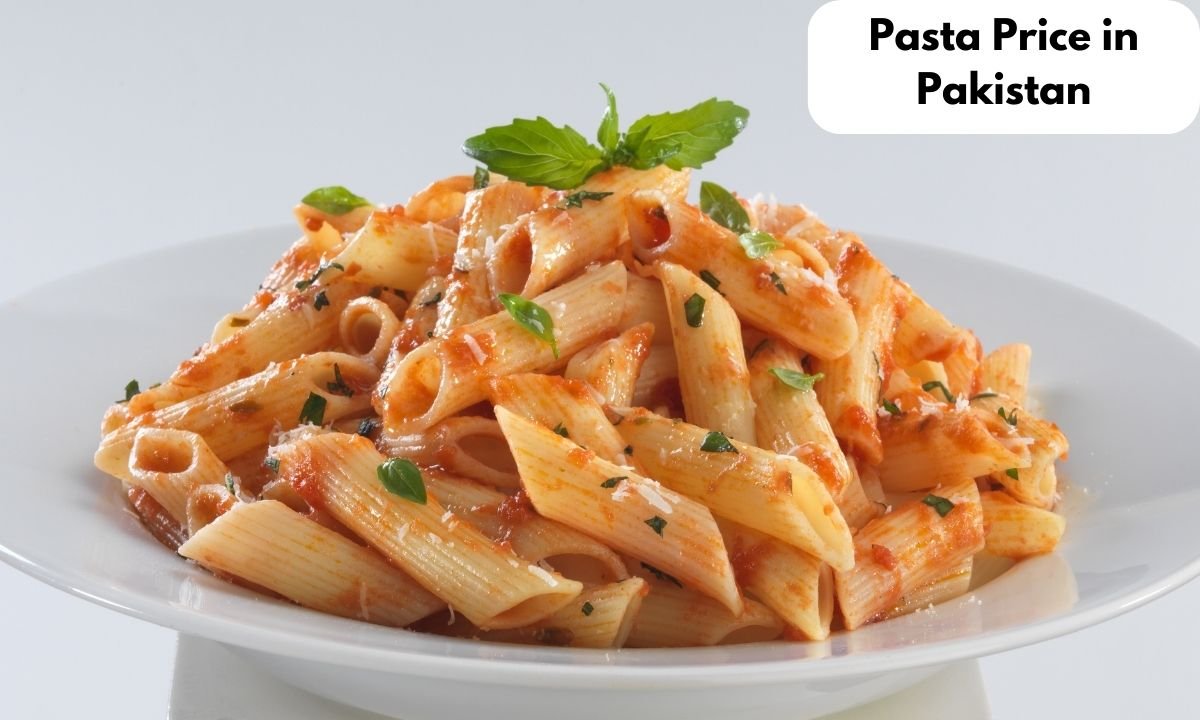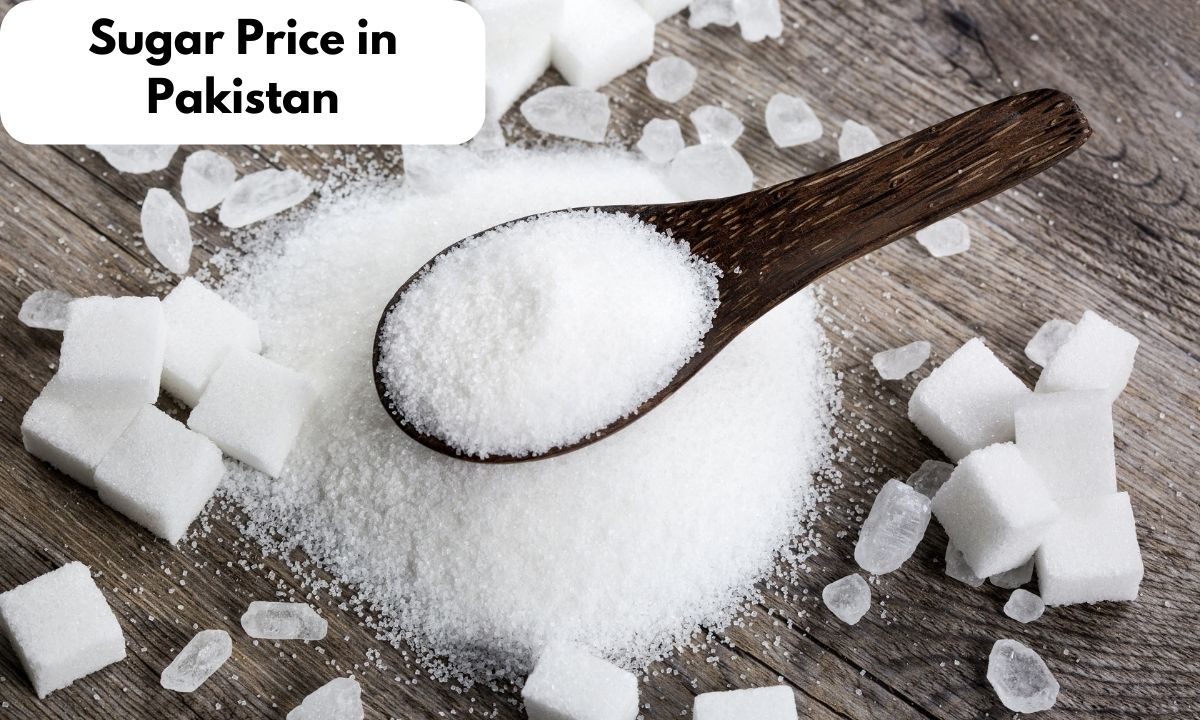1 Litre of Fresh Cow Milk Price in Pakistan (Latest Price Guide)
In the lively heart of Pakistan, a glass filled with fresh cow milk means more than just a refreshing drink; it’s deeply woven into daily routines. Costing between ₨ 160-209 for a liter, this nourishing drink represents not only a basic food item but also showcases the strength of Pakistan’s dairy sector.
The dairy industry is a significant player, making up a notable 11.4% of the country’s GDP. Impressively, Pakistan stands as the world’s 4th largest producer of milk. With cities expanding and more people settling, the thirst for milk grows consistently.
Each year witnesses an uptick in consumption, with an increase of about 1216 million liters. This narrative paves the way to understanding the vital role of fresh cow milk in Pakistan, its deep-rooted cultural importance, and the evolving trends that shape its trajectory.

Current Prices of 1 Litre Fresh Cow Milk
| City | Minimum Price (Rs.) | Maximum Price (Rs.) |
| Lahore (Naturals) | 230 | 230 |
| Karachi | 165 | 280 |
| Islamabad | 165 | 290 |
| Rawalpindi | 165 | 250 |
| Peshawar | 165 | 250 |
| Faisalabad | 165 | 250 |
| Sargodha | 165 | 250 |
| Multan | 165 | 250 |
| Gujranwala | 165 | 250 |
| Sukkur | 165 | 250 |
Factors Influencing Milk Prices in Pakistan
The price of producing milk in Pakistan is shaped by several microeconomic elements. For instance, the value of the resources a farmer already owns, like land and family labor, greatly impacts the profitability of their dairy business. Furthermore, the overall production expense can differ based on the enterprise’s size and the prevailing economic conditions. Key factors such as the cost of essentials like animal feed, veterinary care, and the caliber of resources used can also sway the total cost of milk production.
Seasonal Trends and Their Influence on Milk Costs
Historically, milk prices in Pakistan have mirrored seasonal shifts, usually peaking in autumn and dropping in spring. However, since the turn of the century, these predictable patterns have become less consistent. Yet, a seasonal rhythm still underpins the market dynamics. It’s noteworthy that consumer spending habits also follow these seasonal ebbs and flows, particularly during festive periods, which can further influence milk pricing.
The Significance of Small-Scale Farmers in Setting Milk Prices
Small-scale farmers are the backbone of Pakistan’s dairy landscape, contributing a substantial portion of the country’s milk supply. These dedicated farmers grapple with issues like unpredictable market demand and the necessity for consistent infrastructure investments to ensure steady milk production. Notwithstanding these obstacles, their active involvement in the market dynamics significantly influences milk pricing. In contrast, larger farming operations often benefit from economies of scale, enabling them to keep production costs in check, thereby exerting a pricing pressure that affects smaller farmers.
Challenges and Opportunities in the Dairy Sector
Pakistan’s dairy sector grapples with a myriad of hurdles, notably the restricted availability of top-notch feed resources, pervasive hygiene issues, and pressing public health concerns. The integrity of milk often suffers due to compromised hygiene standards, contamination from various substances, and the lack of efficient cold storage facilities. Furthermore, the industry contends with subpar milk yields from livestock, questionable milk quality, safety concerns, and escalating operational expenses.
Avenues for Advancement in the Local Dairy Landscape
Notwithstanding these impediments, the local dairy sector harbors promising avenues for rejuvenation and enhancement. Collaborative efforts, such as the partnership between the USDA Cochran Program and Pakistani dairy stakeholders, aim to infuse Pakistan’s dairy sector with cutting-edge American practices and technologies. Engaging with China presents another promising pathway, offering Pakistan access to Beijing’s vast market for premium dairy offerings. Moreover, optimizing the formal supply chain holds promise to bolster milk volume, reduce wastage and adulteration, and amplify the production of high-value dairy derivatives.
Government Interventions and Their Ripple Effects on Milk Costs
Governmental directives wield considerable influence over milk pricing dynamics. For instance, contemplations of imposing an 18% sales tax on milk could escalate consumer prices, casting ripple effects on both end-users and the broader food industry landscape. Conversely, government initiatives can catalyze sectoral growth, as evidenced by the introduction of zero-rating measures for the dairy realm in the 2021-2022 fiscal blueprint.
Consumer Guide to Buying Fresh Cow Milk
When venturing into the purchase of fresh cow milk, a discerning approach ensures you obtain a top-tier product. Here are some pivotal pointers:
- Determining Milk Variants: Ascertain your preference—be it full-fat, low-fat, or skimmed milk.
- Prioritize Pasteurization: Prioritize milk that has undergone pasteurization to guarantee safety.
- Opt for Organic: If endorsing organic practices resonates with you, opt for milk sourced from farms adhering to certified organic feed standards.
- Upholding Animal Welfare: Prioritize milk originating from farms where cows roam pasturelands and enjoy hygienic living conditions.
- Reliability on Taste and Freshness: The sensory aspects of taste and freshness often mirror the health of the dairy animals and the integrity of the milking procedure.
- Decoding Milk Labels: Insights on Full Cream, Antibiotics-Free, and Hormones-Free Designations
- Full Cream: Celebrated for its richness and nutritional density, full cream milk is a powerhouse of energy.
- Antibiotics-Free: This denotes milk sourced from cows that haven’t necessitated antibiotic treatments. Nevertheless, exercise caution as the “no antibiotics” claim lacks stringent regulation, potentially merely signifying the absence of drug residues, a mandatory condition.
- Hormones-Free: Such labeling underscores that cows haven’t received artificial hormones to bolster milk yields. It’s crucial to note that animal derivatives inherently possess hormones. For a clearer perspective, labels such as “raised without added hormones” or “no synthetic hormones” offer more precision.
Sourcing Fresh Cow Milk Online in Pakistan
The digital realm in Pakistan brims with platforms offering pristine cow milk. For instance:
- Naturals: Renowned for delivering full cream milk devoid of antibiotics and hormones.
- Milkano: Another commendable option, they promise full cream cow milk cultivated without growth hormone injections or antibiotic interventions.
Conclusion
The cost of a liter of fresh cow milk in Pakistan hinges on a diverse array of factors, encompassing microeconomic dynamics, seasonal variations, and the pivotal role of small-scale farmers.
Undoubtedly, Pakistan’s dairy sector grapples with multifaceted challenges, notably concerning hygiene and public health. Yet, within these challenges lie abundant prospects for rejuvenation and enhancement.
Prioritizing sustainable dairy practices emerges as a linchpin for ensuring future price equilibrium. Embracing sustainability not only fosters a steady milk supply but also acts as a bulwark against market unpredictability. Central to this approach are conscientious resource utilization, upholding stringent animal welfare standards, and curtailing wastage.
Furthermore, the horizon appears promising for the evolution of Pakistan’s dairy landscape. Strategic investments coupled with judicious policies hold the potential to amplify productivity, elevate product quality, and potentially render dairy products more accessible to consumers.
This transformative journey encompasses harnessing innovative technologies and refining the supply chain to augment efficiency while minimizing wasteful practices.





